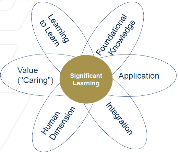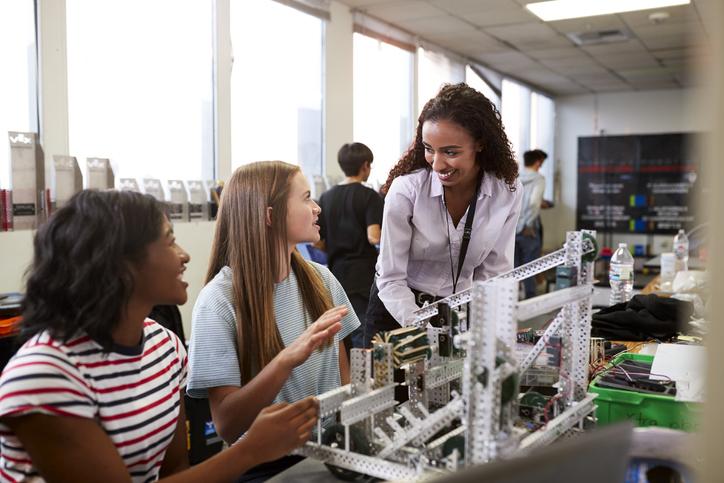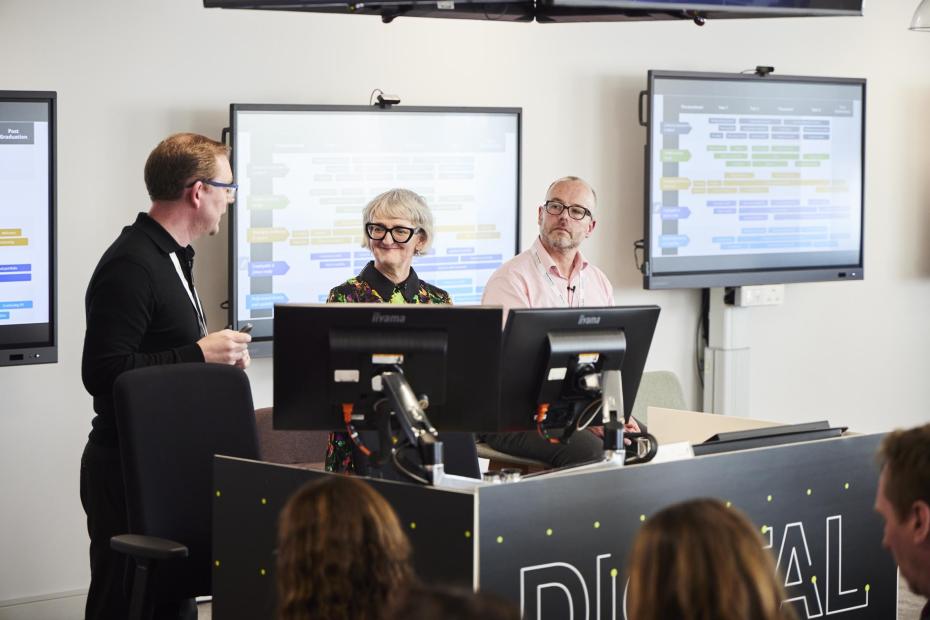Across higher education, institutions are wrestling with critical questions about how an undergraduate degree can satisfy the diverse needs of our student population while also preparing them for an ever-changing career marketplace.
High-impact practices (HIPs), as defined by George D. Kuh in 2008, have emerged from the literature as educational experiences that produce significant student learning. Kuh, who founded the US National Institute for Learning Outcomes Assessment, included first-year seminars, learning communities and writing-intensive courses among these 11 educational practices.
- Reconceptualise the ‘classroom’ for enhanced student engagement
- Implementing project-based learning: a practical guide
- Making space for emotions in learning
The practices highlighted in the HIPs movement are not necessarily new. For decades, students have learned through experience-based programmes such as internships, undergraduate research and study abroad. The designation of these educational practices as “high impact” highlights the value of experiential learning in which students make meaning of the world around them with the guidance of educational experts. These programmes, wrote Kuh, transform student learning and the educational landscape; HIPs lead to higher retention, persistence and completion, especially for students who come from traditionally under-represented populations.
Why it’s HIP to be transformational
Individual faculty members might wonder how their courses can accommodate these education-reform efforts. Many institutions’ HIPs initiatives are co-curricular programmes in which students participate outside the traditional classroom. Students independently seek out undergraduate research opportunities, for example, pursue internships or decide to reside in a living-learning community to augment their major course of study.
However, situating HIPs outside the classroom leads to unequal engagement in these learning experiences. The students who benefit most – under-represented-minority (URM) and first-generation students – participate at lower rates than their majority peers. To benefit all students, HIPs must reach all students.
Herein lies the challenge: how can faculty build HIPs into their courses in order to benefit the most students? A group of Georgia Tech faculty decided to tackle this challenge. They used Fink’s 2003 model of significant learning (see Figure 1) to identify course outcomes that could expand students’ access to significant, transformative learning experiences.
Significant learning goals transform teaching
If institutions are in the business of changing lives, what classroom conditions lead to significant learning? “For learning to occur,” wrote educator L. Dee Fink in 2013, “there has to be some kind of change in the learner. No change, no learning. And significant learning requires that there be some kind of lasting change that is important in terms of the learner’s life.”
Kuh’s HIPs were released just as the learning outcomes movement was taking root, wrote Ashley Finley and Tia McNair, also in 2013. It is now generally accepted practice in curriculum design to build educational programmes around defined learning outcomes. These learning outcomes are often centred on the cognitive and behavioural domains of learning, depicting (in common learning-outcome vernacular) “what students will know and be able to do” by the end of the course.
This formula for writing cognitive learning outcomes risks leaving out some of the most important things students learn in college, such as communication skills, metacognitive skills, value clarification and establishing community connections. Fink proposed a six-factor taxonomy of learning that spans the cognitive, behavioural and affective domains and found that courses with two or more of these learning outcomes lead to more significant student learning.

Nearly a dozen courses at Georgia Tech were selected to undergo transformation in the pilot round of the project. Instructors worked in small groups and in collaboration with the Center for Teaching and Learning to design experiential learning enhancements to their courses.
The 1,370 students enrolled in one of the transformative learning courses this semester are challenged to expand their learning beyond the cognitive domain by engaging in critical reflection and integration of the new experiential learning activities. Likewise, the 15 instructors engaged in the initiative will reflect on what they have learned from integrating high-impact practices into their teaching.
Sample transformative teaching and learning projects
Cooperative learning experiences, one of the 11 HIPs, enhance students’ problem-solving skills while they learn from the insights of diverse peers. However, instructors and students alike often bemoan the administrative and interpersonal challenges that come with collaborative projects.
One faculty team set out to strengthen students’ teamwork skills; their efforts included training them to provide more useful feedback to group members. In two engineering disciplines – industrial and biomedical – instructors Dima Nazzal and Kyla Ross embedded short videos describing effective teamwork skills such as how to approach difficult conversations. Throughout the group projects in these courses, teams will use new software that gathers and disseminates 360-degree feedback to team members to build self-awareness and growth of students’ teamwork skills. The instructors will evaluate the impact of teamwork training and peer feedback on the group project experience and products.
Another concern is that a lack of access to expensive educational resources in secondary school, such as robotics teams and summer coding camps, could create a barrier to entry for promising future computer scientists. With the goal of increasing students’ understanding of computing applications as well as ramping up motivation for continued study in the field, instructor Rodrigo Borela Valente will have students work in diverse teams to build robots to compete in a “battle of the bots” at the end of the semester. Borela Valente will evaluate their motivation, self-perception of mastery and sense of belonging in computing.
Looking forward to a HIP transformation
While the pilot project transforms individual classrooms and student learning outcomes on the small scale, the lessons learned about implementation strategies and barriers will be shared with faculty across the institution. Over time, this initiative will expose more students to significant learning and, ultimately, transform the classroom experience.
Kate Williams is interim director of transformative teaching and learning at Faculty Initiatives in the Center for Teaching and Learning at Georgia Tech.
If you would like advice and insight from academics and university staff delivered direct to your inbox each week, sign up for the Campus newsletter.




comment